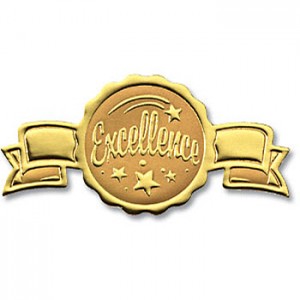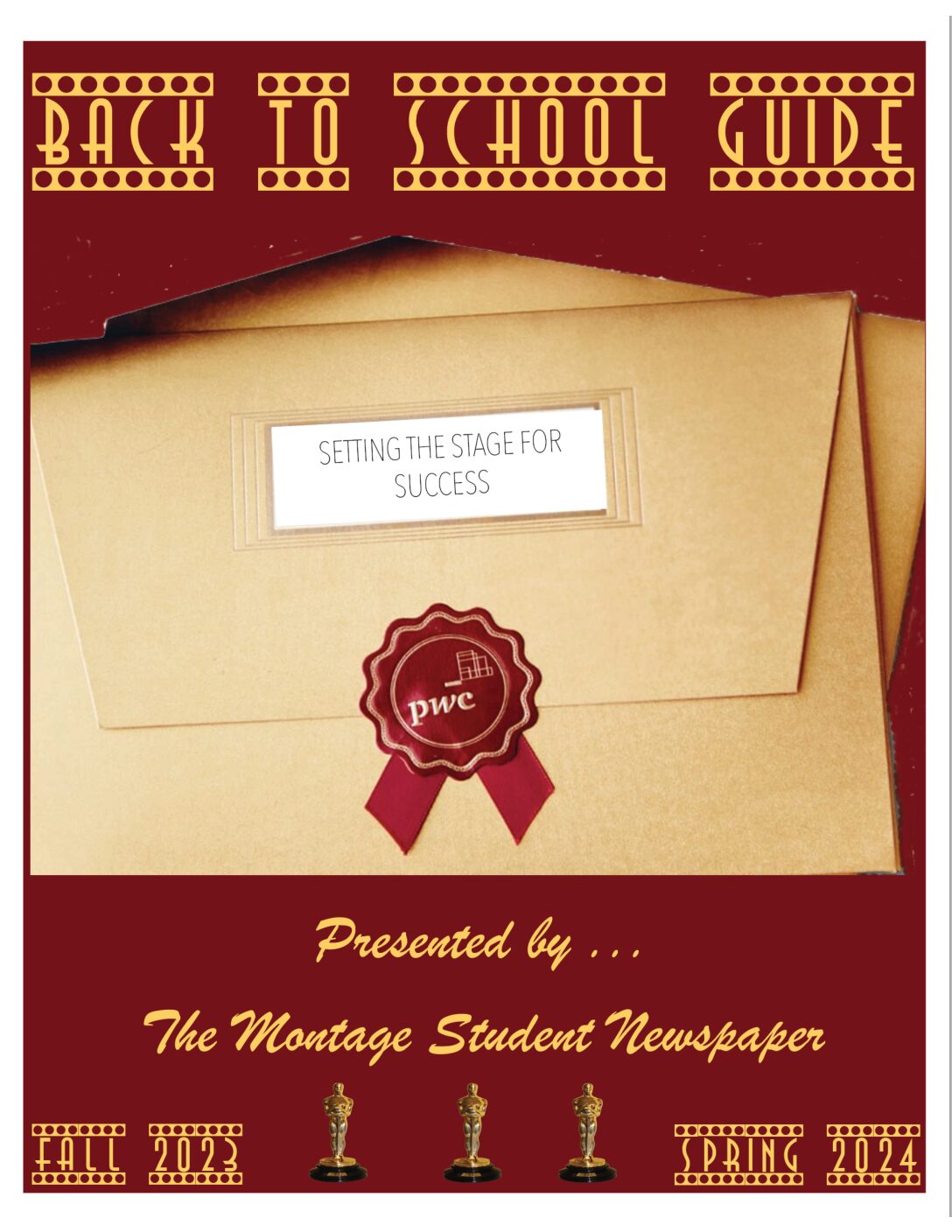STLCC-Meramec offers numerous career and vocational programs for students to learn the skills needed for today’s job market.
 By: Steven Duncan
By: Steven Duncan
– Senior Staff Writer –
Nearly half of all job openings projected through 2014 will be those of middle-skill positions; jobs which require significant training and education beyond secondary school but less than a bachelor’s degree, according to the US Bureau of Labor Statistics (BLS).
STLCC-Meramec offers numerous career and vocational programs for students to learn the skills needed for today’s job market. Whether a student is just entering the job market, changing careers or learning new skills to advance in their current career, the college has three levels of programs for career and vocational study: the Associate in Applied Science (AAS), the Certificate of Proficiency (CP) and the Certificate of Specialization (CS), according to http://stlcc.edu.
“Not a lot of people are aware that we have programs that prepare you to go right into a job,” Andrew Bates, Meramec career and technical education transition specialist, said. “Not all of them are jobs that pay $60,000 to $70,000 per year, but some of them can lead to six-figure jobs in a couple of years.”
For example, freelance court reporters or captionists can make over $100,000 per year, depending on their skill and client base, according to Bates. Students can earn an AAS in Information Reporting or have the option of earning a CP in Information Reporting with proficiency in disciplines such as captioning, which prepares students to become Certified Broadcast Captioning certified or Judicial, which prepares students to become a Certified Court Reporter.
“It takes work. It’s not an easy job, by any means,” Bates said. “Real-time typing is about 225 words per minute or more.”
In addition to Information Reporting, Meramec offers AAS, CP and CS in disciplines such as Accounting, Architectural Technology, Business Administration, Criminal Justice, Early Care and Education, Graphic Communication, Horticulture, Human Services, Information Systems, Interior Design, Legal Studies, Management, Mass Communications, Nursing, Occupational Therapy, Paramedic Technology, Physical Therapy and Sales. Additional programs and course requirements for each program can be found at http://stlcc.edu/programs/degrees_and_certificates/.
The difference in the AAS, CP and CS programs are the number of credit hours and course requirements. An AAS is typically 64 to 72 credit hours and includes coursework in Humanities and Communication, Social Science, Natural Science, Mathematics and Physical Education. The AAS is designed to help students develop practical and theoretical skills needed to prepare them for careers, according to http://stlcc.edu. The AAS is a degree program designed for students entering a career path that requires either an associate degree or significant relevant work experience. A CP is typically 27 to 47 credits and designed primarily for careers that require significant training but not necessarily an associate degree. And the CS, which is 18 to 25 credit hours, is designed for students developing skills in a certain area related to a current field for career advancement, according to http://stlcc.edu.
“Certificates are usually for people who have some experience in the field or they had some other job and now they want to retrain for a different job,” Bates said. “It could be someone from the field who wants to specialize in another area or to be cross-trained in another area.”
As technologies and the economy change, the needs of the job market are in constant flux. New career programs are added or updated by STLCC staff, while some are deactivated as they become obsolete. To keep up-to-date on the needs of regional employers, every career and technical program at STLCC has an advisory board made up of industry professionals, according to Bates.
“We’ll meet with industry professionals in the region and we’ll talk about where our programs currently are and what are the things we need to do to change,” Bates said.
For example, Bates said that in the design programs, such as the Interior Design AAS or Kitchen and Bath Design CP, the advisory boards keep up-to-date on the software currently being used in the industry.
“Because of grants and other funding, our students are able to learn all of the current software that someone would need to know in order to walk into any office in the industry and be at home with that software and not have to learn new software,” Bates said.
It is important to note that career development degrees and certificates are not necessarily designed to transfer to four-year institutions; though some, such as the Interior Design AAS, have articulation agreements with Maryville University and the University of Missouri Columbia, two of Missouri’s top schools of design, which allow the credits earned from the AAS to transfer.
However, the CS is small enough, 18 to 25 credit hours, that a student may earn a CS while working towards an Associate in Arts (AA) degree. The credit hours earned from the CS may be used towards the 18-to-21 elective credits required for an AA in General Transfer Studies, according to Bates.
Students interested in learning more about STLCC’s career and technical programs may contact Andrew Bates via email at abates33@stlcc.edu. Bates said he can be a key contact to help prospective career and technical students navigate the enrollment process, as well as offer advising for their first semester.
“In a sense, I’m sort of like the concierge to help [students] navigate the resources that the college has,” Bates said.








